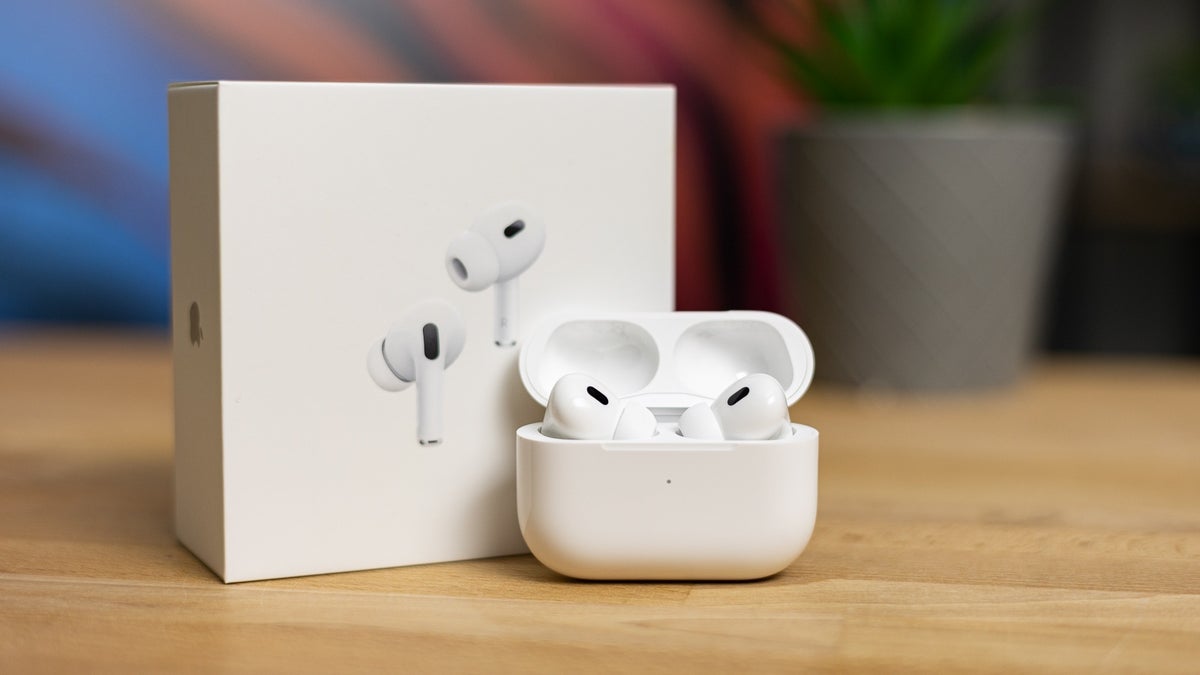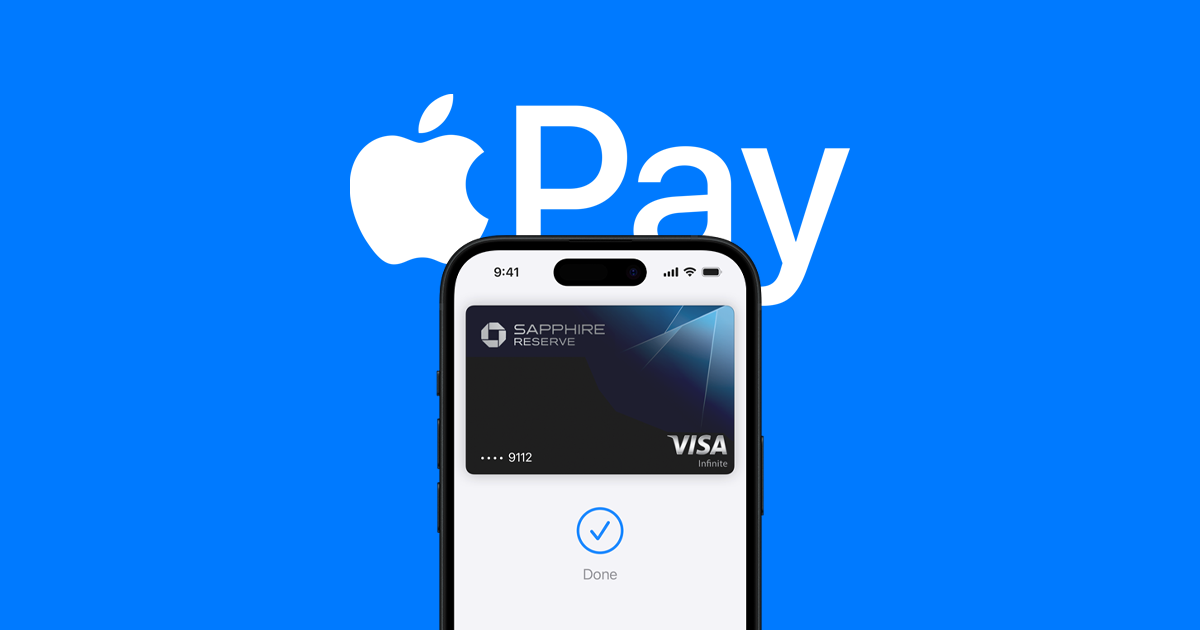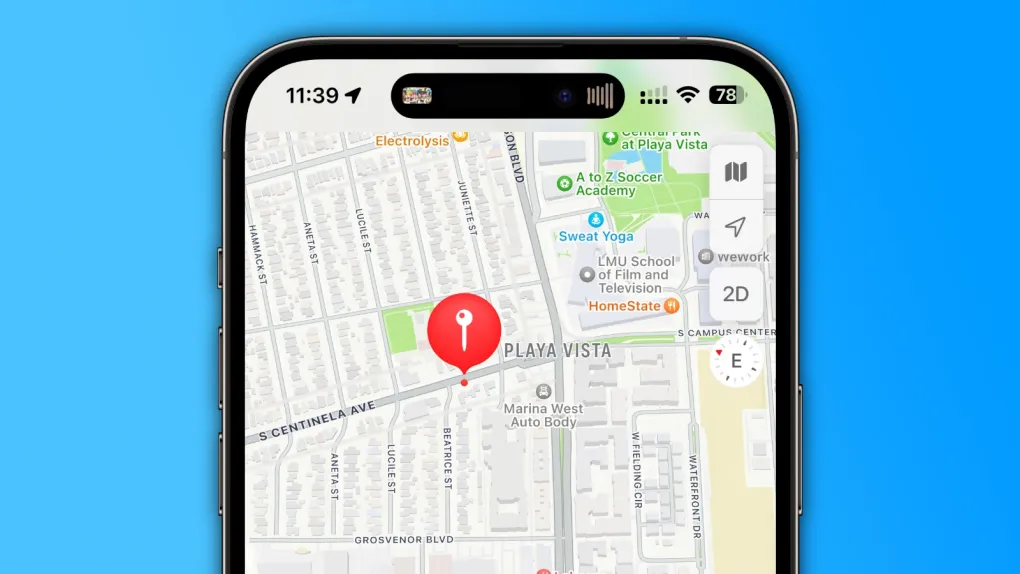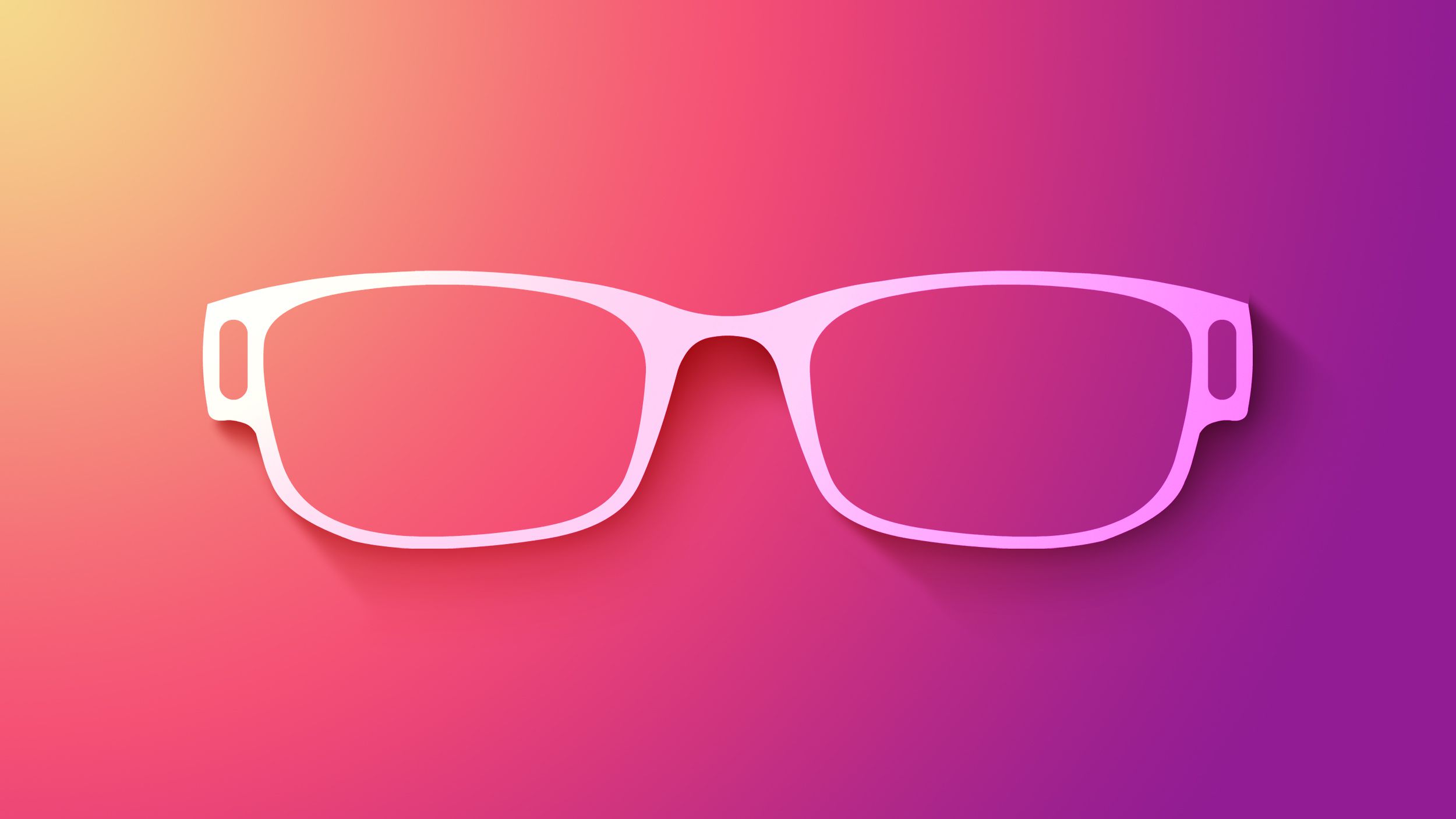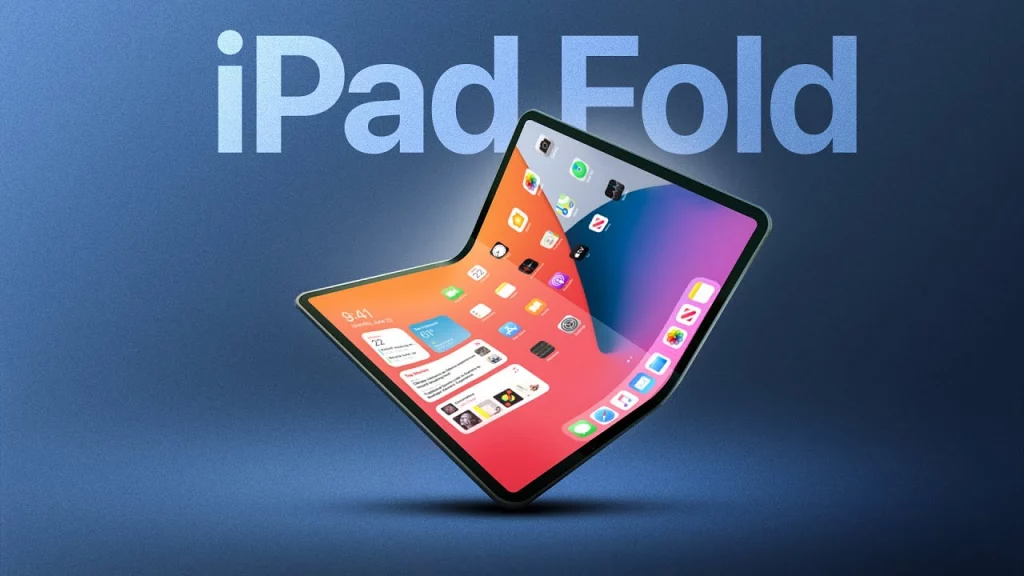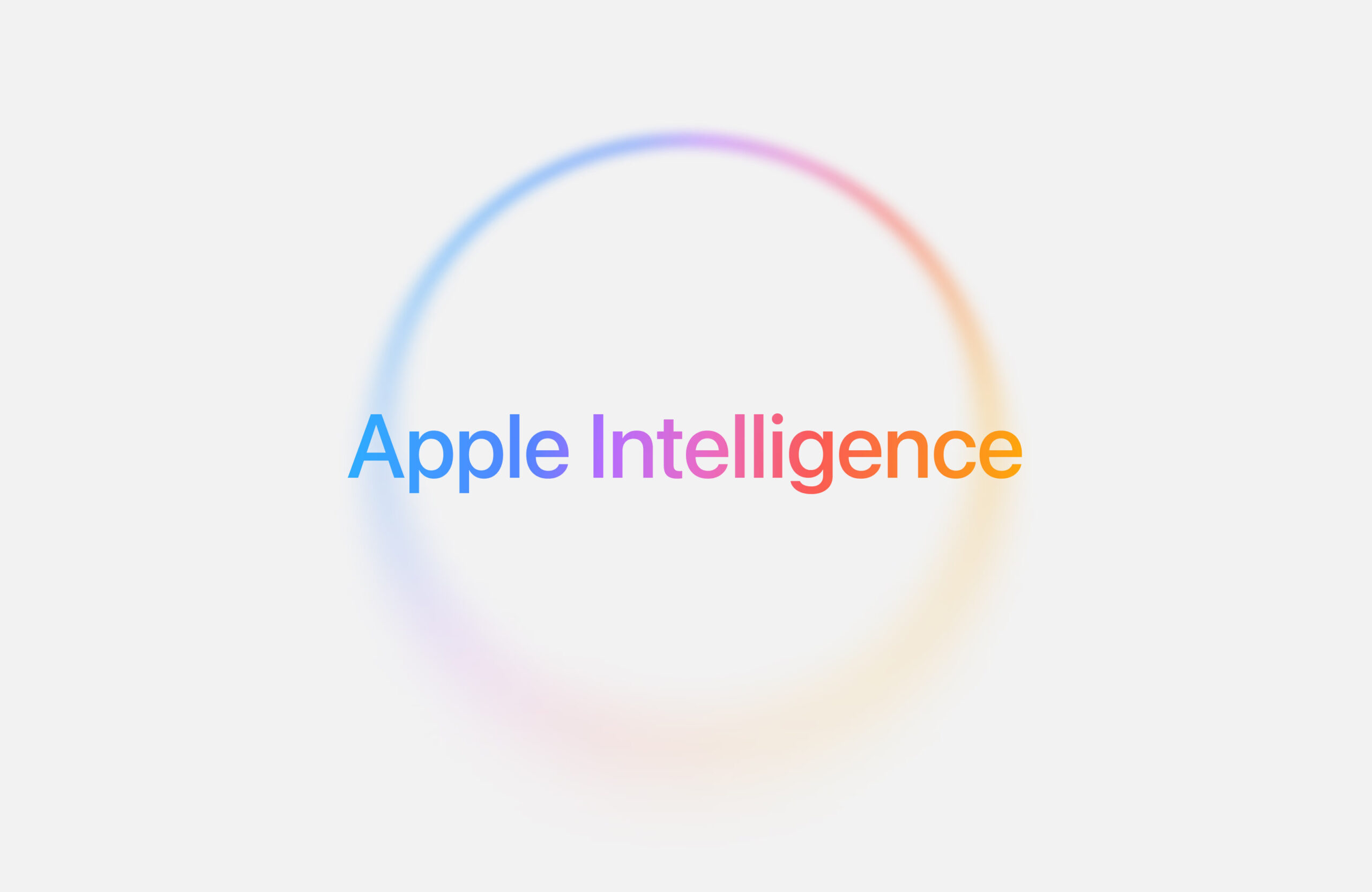When Apple rolled out the second macOS 15.4 beta this month, it quietly tweaked something. Now, the System Settings won’t show how much space Apple Intelligence features are using on your Mac’s storage.
In the earlier macOS Sequoia 15.3.1 version, anyone with an Apple silicon Mac could check this easily. They’d just go to System Settings, click General, then click Storage, and tap the little “i” button next to macOS to see the details. Simple, right?
But with the macOS 15.4 beta 2 update, that’s changed. According to Aaron Perris from MacRumors, clicking the “i” button now shows nothing extra about the storage macOS is using. The details are gone.
Here’s a twist, though—if you turn off System Integrity Protection (SIP), the info pops back up. SIP is a security feature that stops unapproved code from running, and you can only switch it off in Recovery Mode. It’s handy for app developers testing stuff, but for most people, it’s best left on.
A developer named @b3lla_dev on iOS says Apple has locked down the Apple Intelligence files. Unless SIP is off, you can’t see them, and that’s messing with the System Settings’ ability to show their size. Apple Intelligence uses a tool called the MobileAsset framework. This system grabs and updates the bits it needs—like machine learning models—so your device stays current without big system overhauls. Apple’s support page says these files can take up to 7GB on iPhones, iPads, and Macs.
When storage is low, 7GB is a lot. It could sway people on whether to use Apple Intelligence. Did Apple hide this info on purpose? We don’t know, but users might guess. Perris told Apple about it in a feedback report. The issue’s still there in beta 3, so we’ll see if Apple fixes it. The full macOS Sequoia 15.4 update is set to drop in early April.

